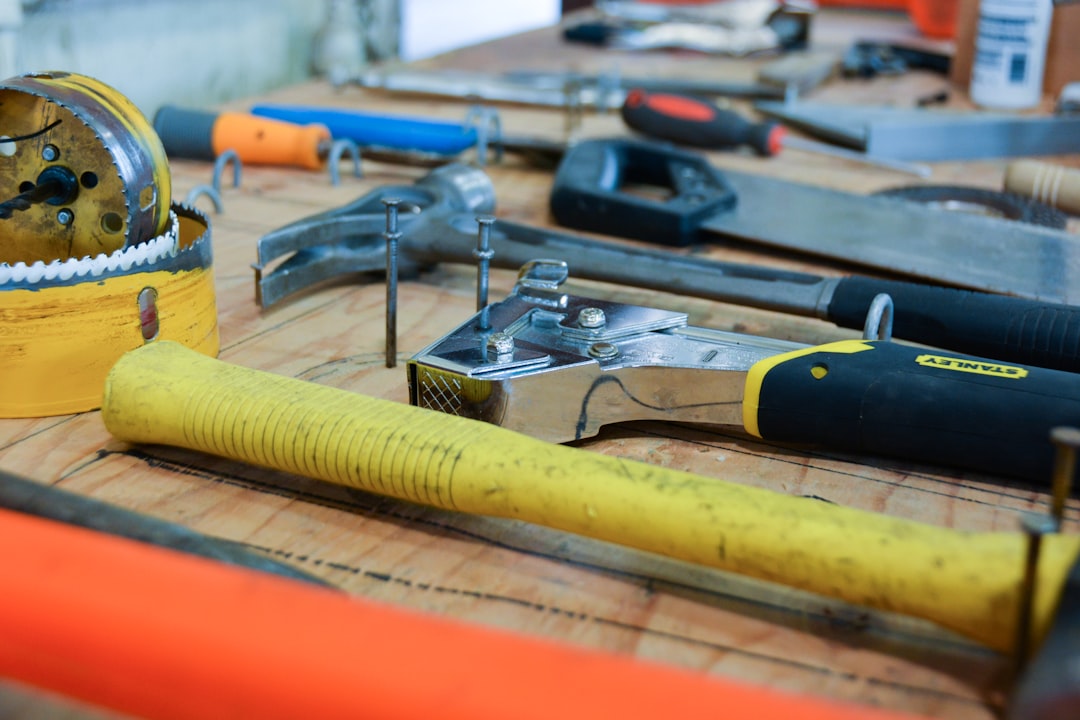Manufacturing technology has come a long way in recent years, with constant innovations and advancements revolutionizing the industry. From cutting-edge automation and robotics to 3D printing and artificial intelligence, the latest developments in manufacturing technology are reshaping the way products are made and changing the landscape of the industry as a whole.
One of the most exciting and game-changing innovations in manufacturing technology is the rise of automation and robotics. Automation technology has been used in manufacturing for decades, but recent advancements in artificial intelligence and robotics have taken automation to a whole new level. Robots are now capable of performing a wide range of tasks, from simple repetitive actions to complex assembly processes, with speed, precision, and efficiency that far exceed human capabilities. This has led to significant improvements in productivity, quality control, and cost-effectiveness in manufacturing plants around the world.
Another transformative technology that is making waves in the manufacturing industry is 3D printing. Also known as additive manufacturing, 3D printing involves building objects layer by layer from a digital model. This technology allows for the creation of highly complex and intricate designs that would be difficult, if not impossible, to achieve using traditional manufacturing methods. 3D printing is being used in a wide range of industries, from aerospace and automotive to healthcare and consumer goods, and is revolutionizing the way products are prototyped, customized, and produced.
Artificial intelligence is another cutting-edge technology that is driving innovation in manufacturing. AI-powered systems can analyze vast amounts of data in real-time, predict maintenance needs, optimize production processes, and even make decisions autonomously. Machine learning algorithms can be used to improve product quality, reduce waste, and increase efficiency. AI-powered robots and machines can be trained to perform complex tasks with minimal human intervention, leading to increased productivity, flexibility, and agility in manufacturing operations.
Internet of Things (IoT) technology is also playing a crucial role in the manufacturing industry. IoT devices can collect and transmit data from machines, sensors, and other equipment in real-time, allowing manufacturers to monitor and optimize their operations remotely. This data can be used to track production processes, identify bottlenecks, predict maintenance needs, and improve overall efficiency. IoT technology enables manufacturers to move towards a more connected, intelligent, and data-driven approach to production.
Virtual reality (VR) and augmented reality (AR) technologies are also being integrated into manufacturing processes to enhance training, design, and maintenance procedures. VR and AR can be used to create immersive simulations that allow workers to practice complex tasks in a safe environment, visualize and interact with digital prototypes, and access real-time information and instructions while on the factory floor. These technologies can improve worker safety, reduce human errors, and streamline production processes.
Supply chain optimization technology is another area of innovation in manufacturing that is gaining traction. Advanced analytics, predictive modeling, and machine learning algorithms can be used to optimize inventory management, streamline logistics, and improve demand forecasting. This technology enables manufacturers to reduce costs, increase efficiency, and deliver products to customers faster and more reliably.
Overall, the latest innovations in manufacturing technology are driving significant improvements in productivity, quality, and cost-effectiveness. From automation and robotics to 3D printing, artificial intelligence, IoT, VR, AR, and supply chain optimization, these technologies are reshaping the way products are made and transforming the manufacturing industry as we know it. The future of manufacturing is bright, with endless possibilities for innovation and growth.

